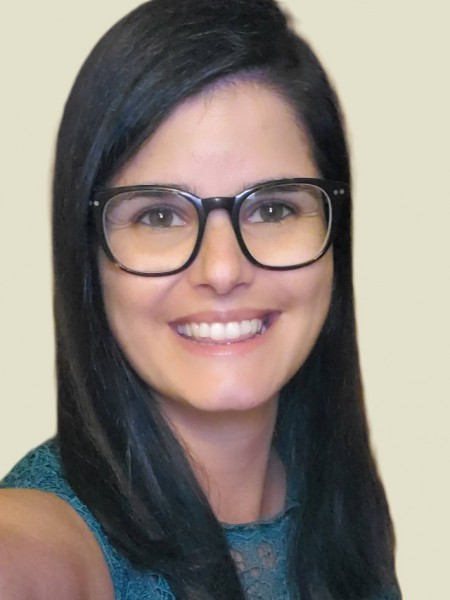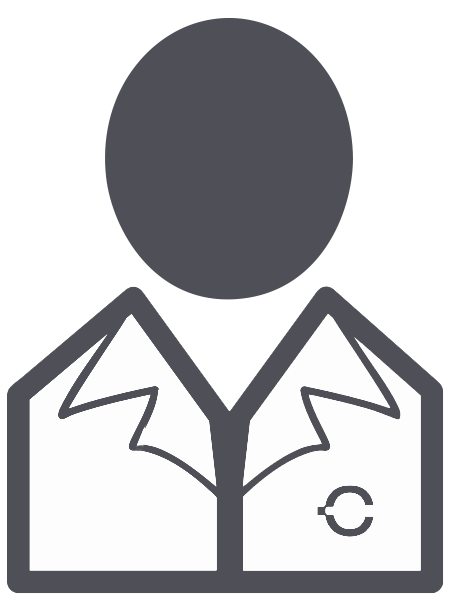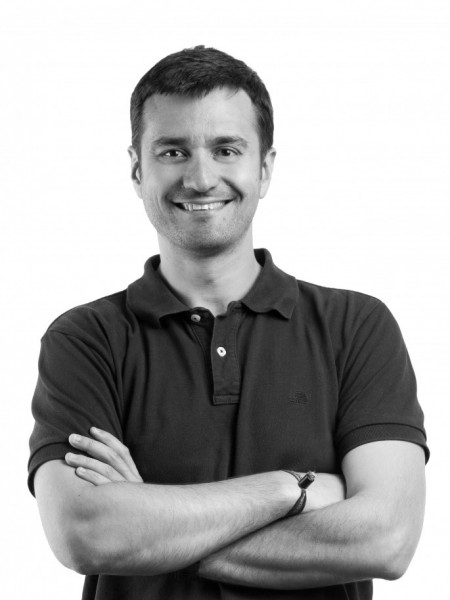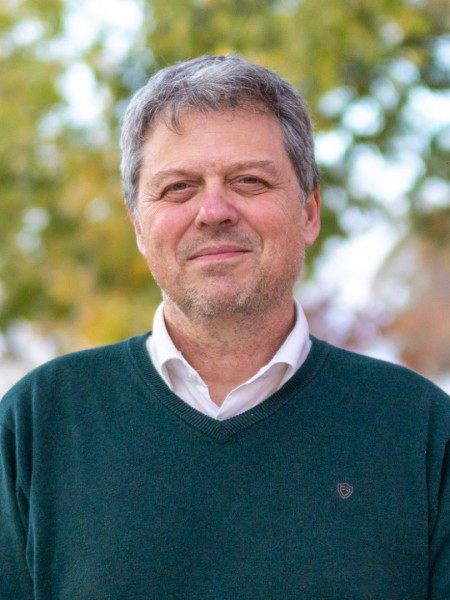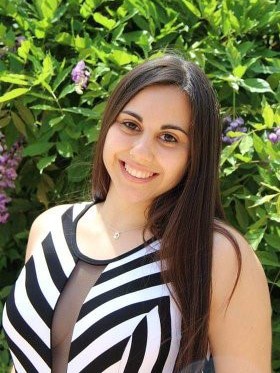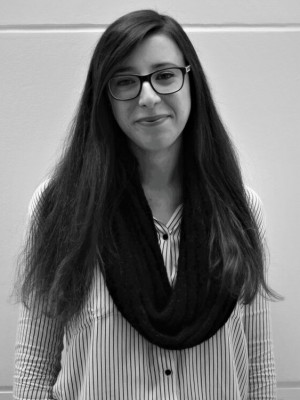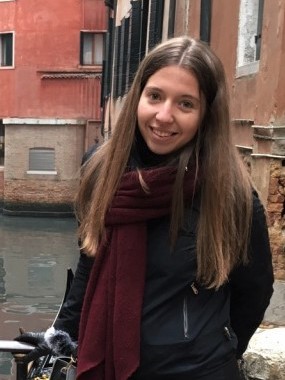resumo
The optimized physical adhesion between bees' leg hairs and pollen grains-whereby the latter's diameter aligns with the spacing between the hairs-has previously inspired the development of a biomimetic drug dressing. Combining this optimized process with the improved natural mussels' adhesion in wet environments in a dual biomimetic process, it is herein proposed the fabrication of a natural-derived micropatterned hydrogel patch of methacrylated laminarin (LAM-MET), with enriched drug content and improved adhesiveness, suitable for applications like wound healing. Enhanced adhesion is accomplished by modifying LAM-MET with hydroxypyridinone groups, following the patch microfabrication by soft lithography and UV/vis-irradiation, resulting in a membrane with micropillars with a high aspect ratio. Following the biomimetics rational, a drug patch is engineered by combining the microfabricated dressing with drug particles milled to fit the spaces between pillars. Controlled drug release is achieved, together with inherent antibacterial activity against Escherichia coli and Pseudomonas aeruginosa, and enhanced biocompatibility using the bare micropatterned patches. This new class of biomimetic dressings overcomes the challenges of current patches, like poor mechanical properties and biocompatibility, limited adhesiveness and drug dosage, and lack of prolonged antimicrobial activity, opening new insights for the development of high drug-loaded dressings with improved patient compliance.
palavras-chave
DISSOLUTION; CIPROFLOXACIN; DELIVERY; SKIN
categoria
Engineering; Science & Technology - Other Topics; Materials Science
autores
Amaral, KR; Silva, AS; Santos, LF; Castanheira, EJ; Mendes, MC; Costa, DCS; Rodrigues, JMM; Marto, J; Mano, JF
nossos autores
Projectos
CICECO - Aveiro Institute of Materials (UIDB/50011/2020)
CICECO - Aveiro Institute of Materials (UIDP/50011/2020)
Associated Laboratory CICECO-Aveiro Institute of Materials (LA/P/0006/2020)
Collaboratory for Emerging Technologies, CoLab (EMERGING TECHNOLOGIES)
agradecimentos
K.R.A. and A.S.S. contributed equally to this work. This work was developed within the scope of the project CICECO-Aveiro Institute of Materials (UIDB/50011/2020, UIDP/50011/2020 & LA/P/0006/2020), financed by national funds through the FCT/MEC and when appropriate co-financed by FEDER under the PT2020 Partnership Agreement and projects PROMENADE (Ref. PTDC/BTM-MAT/29830/2017 - POCI-01-0145-FEDER-029830) and COP2P (Ref. PTDC/QUIQOR/30771/2017 - POCI-01-0145-FEDER-30771). This work was also sponsored by the project REBORN (ref. ERC-2019-ADG-883370) and through the doctoral grants SFRH/BD/141523/2018 (L.F.S.), SFRH/BD/144880/2019 (E.J.C.), and SFRH/BD/146740/2019 (M.C.M.). The authors also acknowledge the research contracts 2021.02196.CEECIND (A.S.S.), CEECIND/01363/2018 (J.M.M.R.), and CEECINST/00145/2018 (J.M.). D.C.S.C. acknowledges REBORN (ERC-ADG-883370) for her individual Junior Researcher contract.



